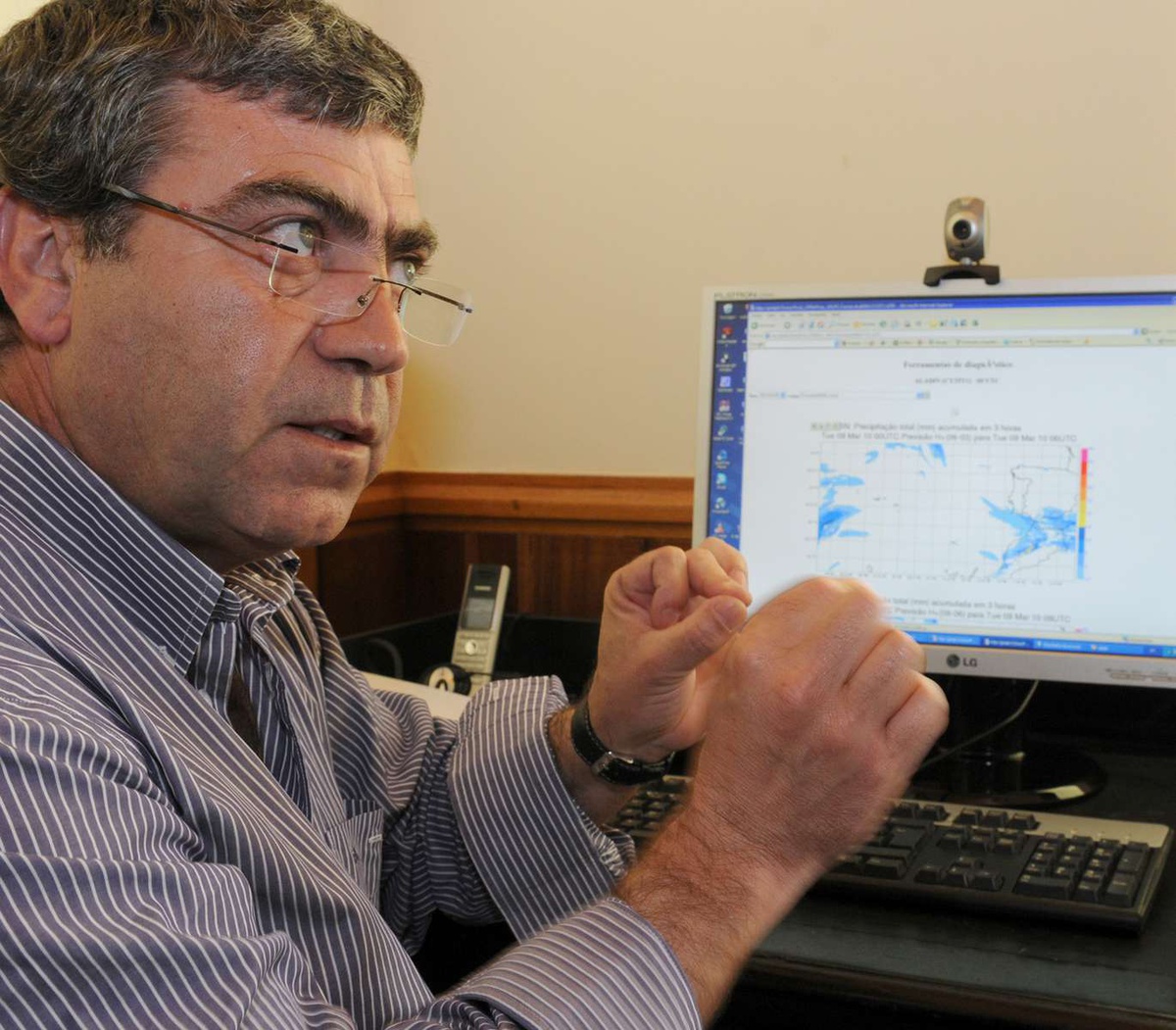A subject that has been all over social media and other sites, with people recording above normal temperatures.
The average temperature of ocean waters is rising, that is a fact, including in the North Atlantic. In Portugal, the entity responsible for reporting what is happening and studying the phenomena is IPMA – Portuguese Institute of the Sea and Atmosphere.
This entity revealed that, during the last week, in Madeira, sea water temperatures varied between a minimum of 23.5º and a maximum of 24.3º. However, on social media, there are a number of people who doubt this data because they themselves have measurements of higher temperatures.

Is IPMA failing in its records?
Our fact-checking work involved several stages. First, we tried to find out who is taking scientific measurements of data related to the sea in Madeira, particularly temperatures. Then we spoke to those responsible to clarify what is happening and what assessment of the situation can be made.
One of the first things we did was to check the information on the website of the Portuguese Navy Hydrographic Institute. It states that it has data on two buoys in Madeira; one in Funchal and the other in Caniçal. However, the information provided only says: ‘Buoy under maintenance’. This applies to both the one in Funchal and the one in Caniçal.
There is other information about the devices. They are coastal buoys managed by APRAM – Port Administration of the Autonomous Region of Madeira.
For this reason, we asked Paula Cabaço for clarification. The president of APRAM confirmed that the two buoys have been out of service for several months, despite all efforts to put them back into operation.
The Caniçal buoy simply suffered damage and the one in Funchal was rammed by a vessel, which did not admit to having caused the accident.
However, at this time, the two buoys have been repaired and APRAM has launched a tender for the acquisition of services to put them back into service. This is an expensive task, which involves specialized diving.
Paula Cabaço hopes to have the equipment operational within a month to a month and a half and, in addition to using the data, to continue sharing it, in real time, with the Hydrographic Institute, with whom APRAM has a protocol.
Another method that collects maritime data is ARDITI – Regional Agency for the Development of Research, Technology and Innovation. We asked Rui Caldeira to clarify the type of data that the institution collects.
ARDITI does, in fact, have some equipment that, among other things, measures the temperature of sea water. However, this is deep-sea equipment, not surface equipment.
We finally arrived at the IPMA. We heard from the person in charge of the Funchal Meteorological Observatory. Victor Prior began by clarifying a fundamental fact, to understand the differences between the data presented by the IPMA and that which citizens claim to record.

As required, IPMA follows a set of scientific methodologies, international standards and uses certified equipment for measurements.
The figures on recorded sea temperatures come from a single piece of equipment, which is located off the Pontinha jetty, in the Port of Funchal.
The equipment measures the temperature of the water at a depth that can vary between 50 and 60 centimeters. This is what international rules dictate. It does not measure the ‘mirror’ of water (5 or 10 centimeters).
Victor Prior also explains that the chosen location is considered representative of Madeira and ensures that other measurements along the coast of Madeira, in identical circumstances, would have similar results or with statistically irrelevant variations, in the order of a few tenths of a degree.
When we refer to the coast of Madeira, we are not considering the place where the waves break. We need to move a little further away, at least to where an adult can no longer stand, and take the measurement at the aforementioned 50 to 60 centimetres.
The person in charge of the Funchal Meteorological Observatory also assures that the IPMA’s automatic equipment, which measures the temperature at Pontinha, among other places, has already been calibrated twice this year and, on both occasions, the results were completely accurate. The value given by the automatic equipment is compared with that obtained by a certified mercury thermometer.
We have been talking about temperature records and not forecasts. In fact, Victor Prior is also waiting for data from APRAM buoys, which are always very important for knowledge, but not for forecasts.
Although this was not the objective of our contact with Victor Prior, we were also informed that the predictions regarding sea water temperatures are correct, with a margin of error of half a degree, which is perfectly acceptable and does not merit any technical criticism.
Based on the information we have obtained and provided here, we consider as false the statements that assert or suggest that the data revealed by IPMA, on sea water temperatures in Madeira, are incorrect or imprecise.


